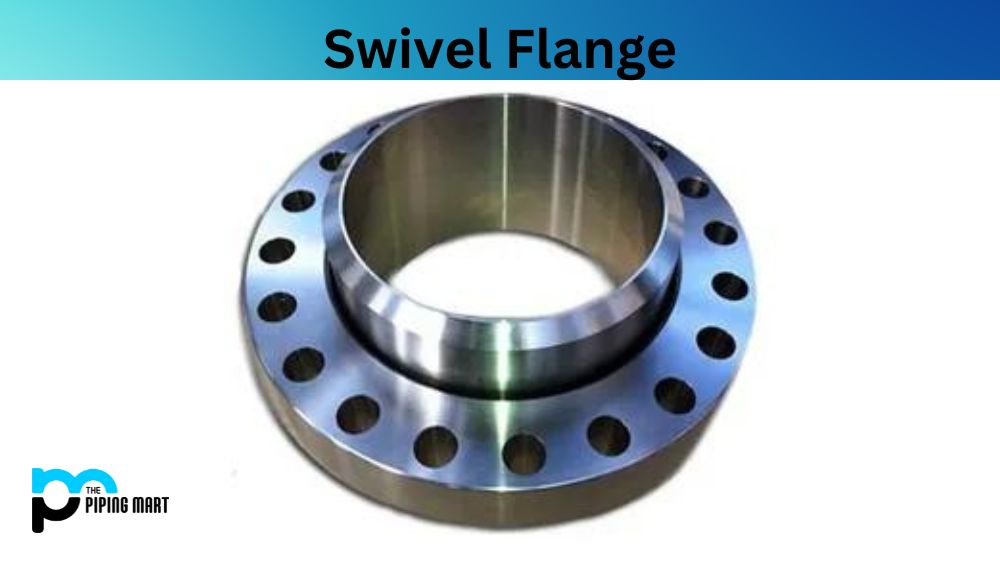Swivel flanges are a type of flange used in pipelines to allow for easy alignment while connecting pipes. They are designed to rotate around a pipeline, making it easier to line up the bolt holes of two flanges. Swivel flanges are best suited for pipelines that may experience some movement or misalignment. However, swivel flanges have advantages and disadvantages like any other pipe component. In this blog post, we will dive deeper into the advantages and disadvantages of swivel flanges.
What is Swivel Flange?
A swivel flange is a type of pipe fitting commonly used in water, gas, and oil pipelines. It adds flexibility to the line by allowing for slight rotation and misalignment in order to minimize stress on materials and improve flow. They are comprised of two parts: the hub and the nipple which form a joint when connected with bolts or screws. Swivel flanges can be made from various metals such as carbon steel, stainless steel, brass, copper alloy and aluminum alloy.
Advantages of Swivel Flange:
Easy Alignment: Swivel flanges allow for easy alignment, with their design enabling rotation around a pipeline. This makes it much easier to line up the bolt holes of two different flanges, thus speeding up installation time and reducing labour costs.
Resilient: Swivel flanges are built to withstand high pressures, making them ideal for use in pipelines that carry fluids under high-pressure conditions. They are also designed to resist high temperatures, making them ideal for use in pipes carrying fluid at high temperatures.
Less Maintenance: The ability to rotate makes swivel flanges less prone to be overstressed, leading to reduced maintenance activities and better overall efficiency.
Reduces Breakages: The flexibility of swivel flanges reduces the chances of pipe breakages during installation and maintenance activities, thus reducing the associated costs of damage repair or replacement.
Disadvantages of Swivel Flange:
Costs: Swivel flanges are more expensive than regular flanges, which may not be cost-effective, especially for small pipe installations.
High Skill Required: Proper installation of swivel flanges requires a high level of Skill and expertise, which can add to installation costs, especially if professionals need to be engaged.
High Maintenance: While swivel flanges are more durable than other flanges, they require high maintenance, including periodic examinations to ensure they work up to standard.
Design Constraints: Swivel flanges can be difficult to design and install, especially if the pipeline system has fixed anchor points. This is because the fixed points may limit movement or compromise the effectiveness of the swivel flanges.
Conclusion:
In conclusion, swivel flanges have several advantages and disadvantages compared to regular flanges. Though their design allows for easy alignment, increased resilience, and reduced breakages, swivel flanges may not be ideal for installations with fixed anchor points, require higher skills for installation, carry more expensive costs than regular flanges, and have higher maintenance requirements. Therefore, before considering swivel flanges for pipeline installation, it is crucial to consider all their advantages and disadvantages before deciding whether or not they are the right choice for your project.
Rachana is a dedicated and ambitious young woman who has made a name for herself in the metal industry. From her earliest days in the industry, Rachana showed a natural talent for problem-solving and a keen eye for detail. In her free time, She enjoys reading up on the latest advancements in the industry, as well as exploring new ways to innovate and improve upon existing processes.




